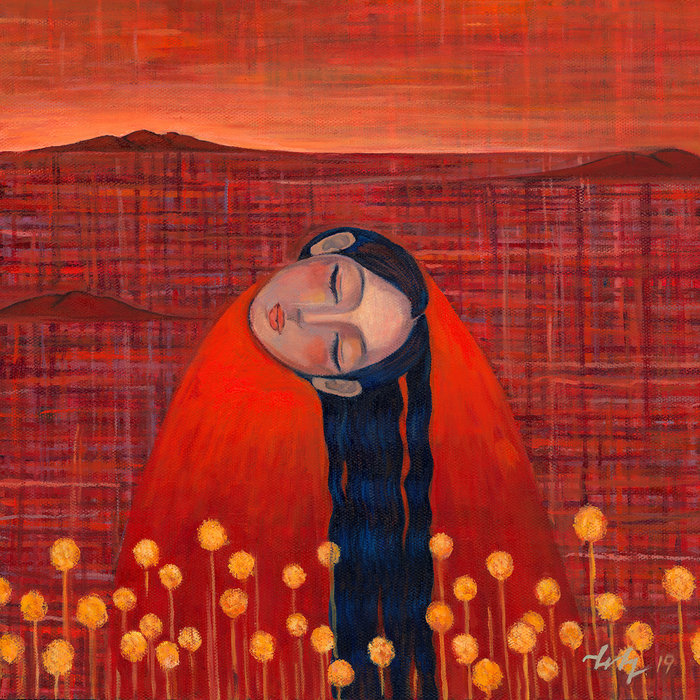
What Is It We Need? (ft Alice Russell) – Amanda Whiting
this blog is GROOVY – check out great Soul, Funk, Jazz, Hip Hop, Bass, Breaks , Reggae, House n many more TUNES
When you kick back with a cup of coffee or a glass of wine, there’s nothing like the smooth sounds of an acoustic jazz trio wrapping around your senses. This genre has roots that run deep and branches that spread wide, creating some funky grooves along the way. So let’s take a laid-back stroll through the history of acoustic jazz trios and uncover some quirks and laughs about the musicians who shaped this sound.
Jazz began its journey in New Orleans during the late 19th century, with influences from blues, ragtime, and brass band music. As it evolved throughout the 20th century, small combos became all the rage—especially those consisting of just three instruments. Enter our stars on stage: typically piano (or guitar), double bass, and drums.
The big break for acoustic trios came in the 1940s when bebop emerged as a new style. Musicians wanted to explore complex harmonies and rhythms while keeping things tight-knit—hence why smaller groups were perfect! This was where legends like Miles Davis started to drop their musical knowledge bombs across smoky clubs.
Fast forward to the swinging ’50s! Acoustic jazz trios were popping up everywhere—from smokey bars to concert halls. You had cats like Bill Evans working his magic on piano trios with lyrical improvisation that could leave listeners in tears (the good kind). Meanwhile, Oscar Peterson was making elegance look easy with dazzling lines on his keys.
But wait; did you know about Thelonious Monk? He was known for his quirky persona both offstage and onstage! Monk would often wear mismatched clothes; he once showed up at a gig wearing two different colored shoes just because he liked how they felt. That’s groove!
As we cruised into the ’60s and ’70s, jazz went electric—or so everyone thought! But even amidst rock’s psychedelic explosion, many artists stayed true to their acoustic roots. Musicians like Keith Jarrett took improvisation to whole new levels by mixing classical ideas within traditional forms—performances now ran well over an hour!
And let’s spill some beans about Charles Mingus while we’re at it—known for his fiery temperament both musically and personally! One time during a recording session, he got so mad at how someone played that he threw a bass at them… no joke! Talk about taking artistry seriously!
By the ‘80s onward? Well folks—it wasn’t all flashy synth solos anymore but rather intimate settings featuring minimalist setups where every note counted—perfect for our trio friends to shine again!
Today’s jamming crews are filled with innovative talents ready to blend genres while respecting tradition—a little bit folk here meets funk there is something audiences can dig into deeply.
Check out Brad Mehldau, one slick pianist who’s known not only for genius compositions but also his sense of humor—instead of conventional applause after performances he’d sometimes give pop quizzes asking audience members what themes they’d heard him play during certain tempos! Not what you’d expect post-show vibes right?
So here we are now—the acoustic jazz trio continues resiliently vibrating through cafes’ cozy corners or major festival stages alike; reminding us how collaboration spawns creative magic—and let’s face it people—we need more groovy vibes wherever we go!
Next time you find yourself sipping something warm while listening try dancing your fingers over imaginary keys as you remember these doodles from history filled with lively characters making sweet sounds together—not too bad huh?
Keep listening closely—the heartbeat lives on.

What Is It We Need? (ft Alice Russell) – Amanda Whiting

Facing The Sun – Amanda Whiting

Incredible Lightness – Amanda Whiting